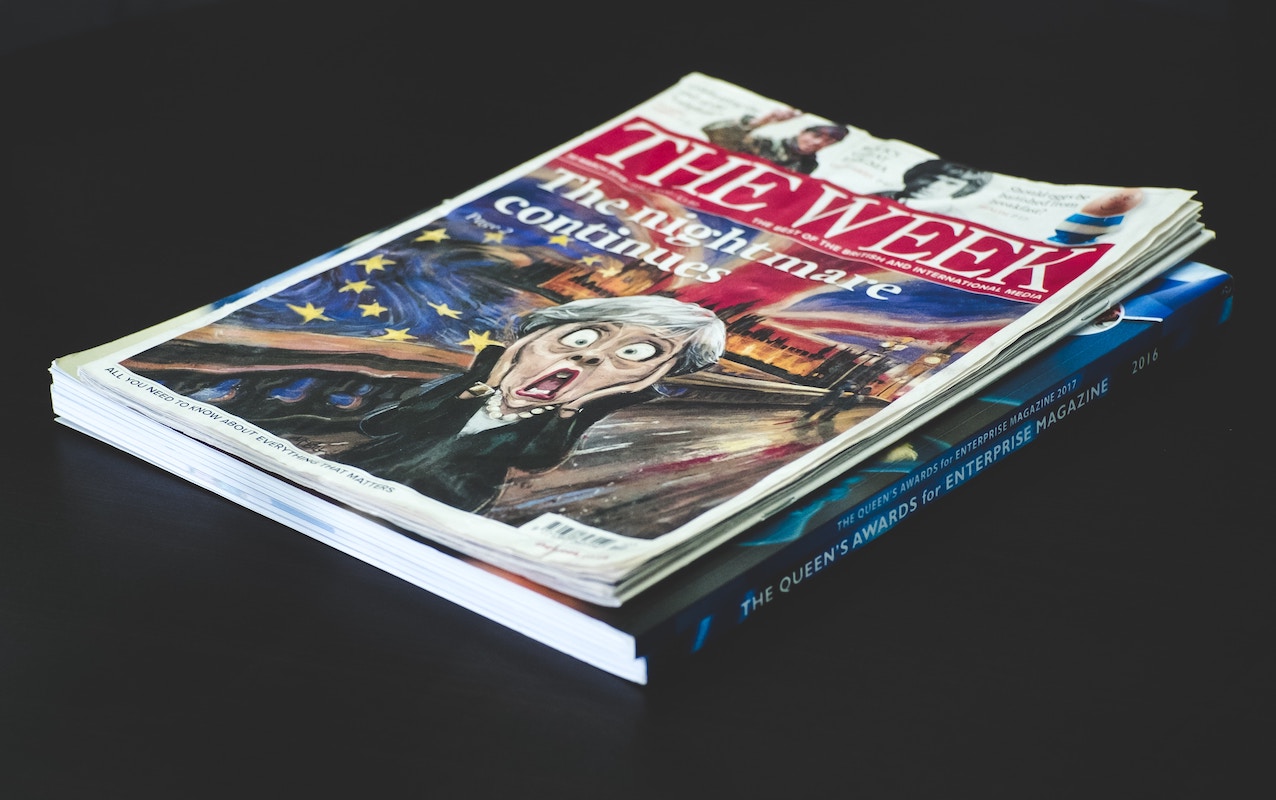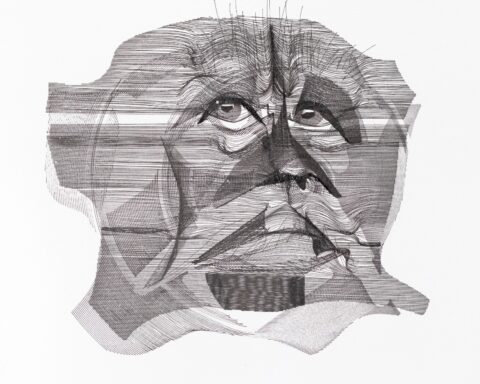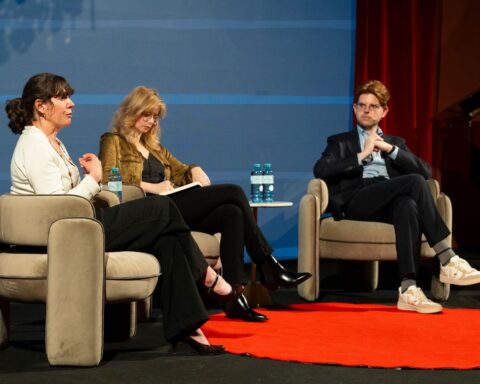Few of us can be found on Sunday mornings sitting at the breakfast table, sipping our coffee, buried under the gigantic, crinkly pages of a newspaper. But if you ever end up on the editorial pages, you often find those exaggerated, sometimes cryptic images depicting familiar faces or strange situations – caricatures and political cartoons long have been an essential part of newspapers and political or satirical magazines. Their unique ability to break down dense political and social issues and condensing the artists’ opinion into image is often astounding but always thought-provoking and trenchant.
Cartoons are essential to political journalism. But why? How does an often one-image drawing, referencing some current event, hold so much value for the political discussions of the present? Why is satire so valuable when it comes to politics? And what happens if this provocative form of expressing opinions is restricted?
A Short History of Political Cartoons
As a form of satirical commentary, the kind of political cartoons originating in the European and colonized Northern American regions can historically be traced back as far as the 1700s. The caricatural style of editorial cartooning originates from the sketching techniques by Leonardo da Vinci. For years, many influential artists explored the genre and contributed to its rise in popularity. But it is James Gillray, an artist from Britain, who is now often considered to be one of the founding fathers of political cartooning. His criticism targeted the British regency, especially King George III, and exhibited his criticism of the French Revolution. His style, which is reminiscent of political cartoons today, was widely popular at the time.
Since then, political cartoons have remained a crucial part of political discussions. As opinion-pieces they combine an overstated imagery, metaphorical visual language, and symbolism. In that, they are often provocative and controversial, not rarely overstepping boundaries.
The Importance of Satire
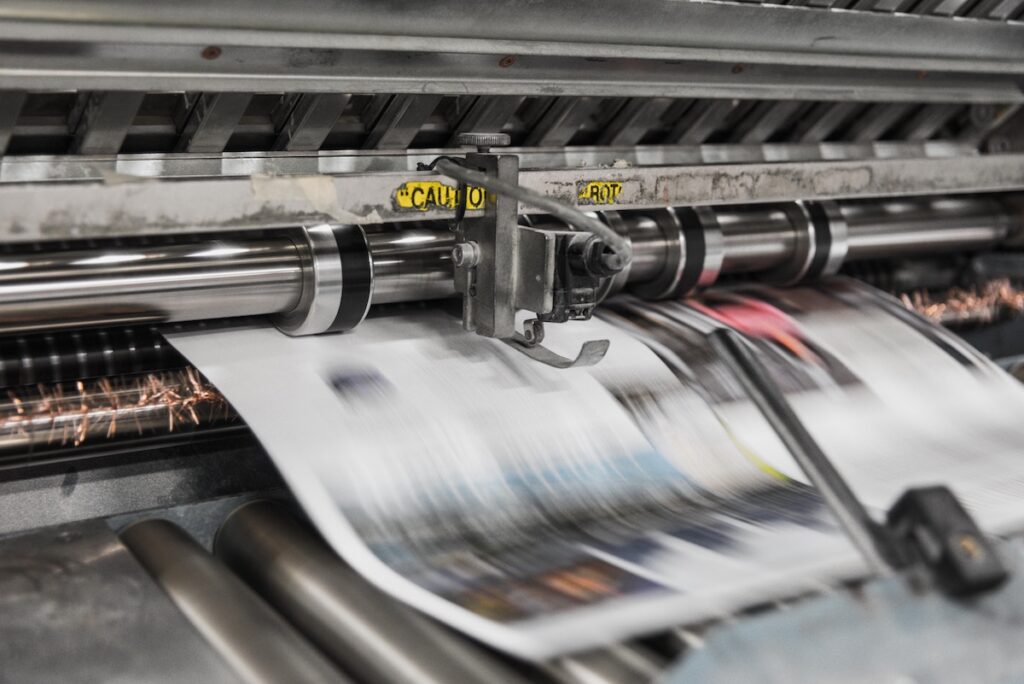
Crucially, satire can contribute to a democratic society by connecting the public with political figures and issues, translating complex topics for non-expert audiences, and using harsh criticism to control the actions of public leaders. Though satire’s main function is often to comment on current events or social and political issues, it also serves the purpose of entertainment. Most of all, it invites reflection and conversation through ridiculing and exaggerating the actions of political leaders and the governing systems in place.
The role of humor in the face of dense topics and difficult situations also plays an important role in satire and political cartoons. Matt Wuerker, a political cartoonist honored with the Pulitzer Prize, argues that humor will reach a lot more people than waving a finger which achieves nothing more than “preaching to the choir.” Naturally, the opinions on the meaning of political cartoons and satire vary. Most artists, however, agree that this kind of humorous approach is a crucial part of a democracy and a free world.
“Joking [about] something is a defense mechanism to overcome your fear towards it. If people see their leaders in cartoons, that can help to make them realize they are not gods. Cartoons break people’s fear.”
– Sherif Arafa –
Due to their format, political cartoons are an especially unique form of satirical journalism. Often more effectively than writing, cartoons can condense information for people and may even serve, in the future, as a reference to determine the political climate of a certain time. As cartoons provoke in their exaggeration and directness, they are not rarely subject to censorship.
The Consequences of the Pen
Often, satire, in all its forms, operates just around the place where others draw the line. The same goes for political cartoons. In its symbolism, it holds much potential for criticism but also for insult, which fuels the debate on how far comedy and farce are allowed to go. This makes it especially vulnerable to censorship from both political leaders as well as editors.

Political censorship affects journalists of all disciplines and is especially harmful to the free press in countries seeking to repress criticism of regimes and political decisions. In those countries, cartoonists are at high risk of detainment, arrest, and imprisonment.
Just two months ago, in early June, activist and cartoonist Atena Farghadani was arrested and detained for the “disturbance of public order”. For about two weeks she remained in a prison outside Tehran before she was released into intensive care in a Tehran hospital and a month later was freed on bail paid by her family.
Farghadani has been arrested before. She spent a collective 18 months in prison from 2014 on for, among other things, depicting representatives with animal heads to protest a law limiting access to contraceptives and offering voluntary sterilizations.
It is harsh structural criticism of this kind that makes political cartoonists especially vulnerable to those systemic tactics of silencing. Farghadani is only one of many political cartoonists constantly at risk of or experiencing the intimidation and silencing methods of these regimes that aim for suppressing free journalism.
Cartoons as Part of Discussion Culture
In other parts of the world, political cartooning and satire are under much less attack but are experiencing a constant decline nonetheless. Despite their established role in a democratic society, Patrick Chappatte, famous cartoonist, argues that the shifting culture of discussion and communication runs the art of the editorial cartoon hard.
Chappatte discusses fear and necessity in the context of political satire at the TEDSummit in 2019. The cartoonist with Swiss-Lebanese roots is one of the most renowned political critics in the area of caricature. His images were published in news outlets such as Le Temps, The New York Times International Edition, or Der Spiegel, a well-known German news magazine.
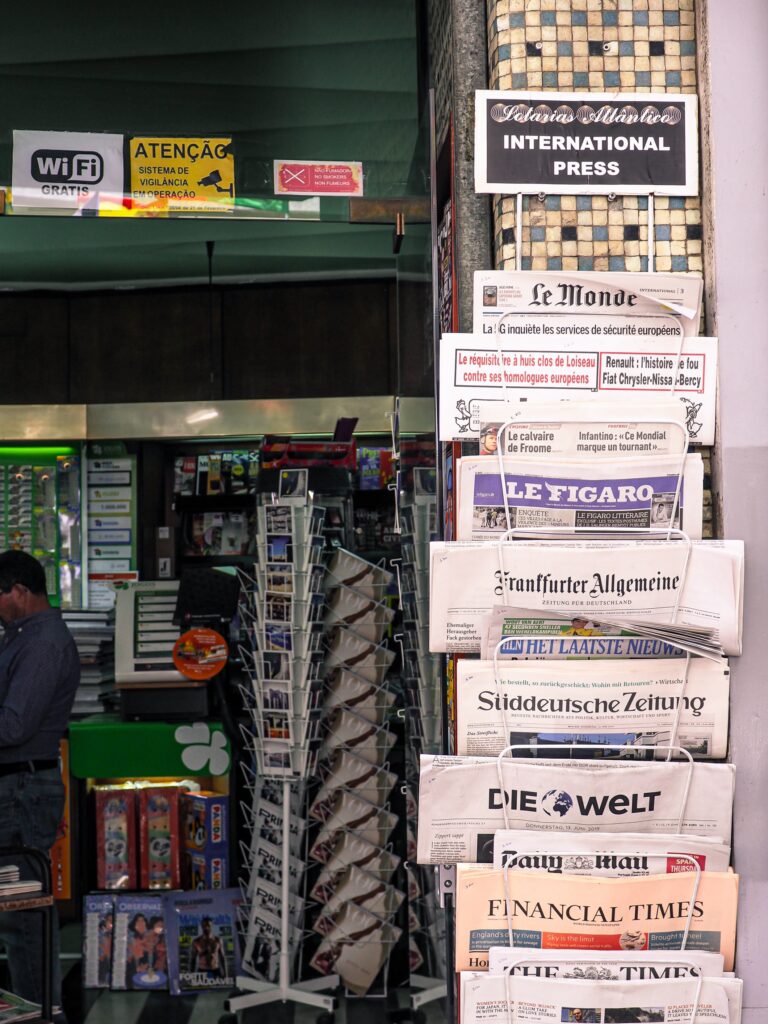
In 2019, the renowned artist lost his job at the New York Times because the newspaper decided to stop printing political cartoons within the International Edition entirely. The reason for this decision was a cartoon by a Portuguese artist which was reprinted by the editors who later admitted that it was “clearly anti-Semitic and indefensible.” Chappatte and another cartoonist were let go, despite their non-involvement in the creation or printing decision of the caricature of Donald Trump and Benjamin Netanyahu, and the political cartoon section was removed from the newspaper.
In his talk, he says: “Under attack, they took the easiest path: in order to not have problems with political cartoons in the future, let’s not have any at all.” There were the necessary apologies but no discussion. There were consequences but little reflection on decision-making processes. While the printing of the published cartoon was in no manner justifiable, the removal of the entire genre from the newspaper was a simplified solution that is not in line with the values of a working democracy, according to Chappatte.
He states too that satire, similarly to many other opinion-based genres, has been affected by the discussion culture that accompanied the rise of short-form content. A real discussion about political issues requires, according to Chappette, more than 280 characters. While political cartoons usually reduce their message to a single image, it may serve, at its core, the function of a conversation starter not as the closing argument. He further argues that it is for their divisive nature that political cartoons are part of a healthy democratic system and asserts that removing cartoons as political commentary due to their ability to insult would be a direct response to a discussion culture built on mob-mentality and rage instead of constructive debate and valuable conversation.
Pushing the boundaries of what is accepted as free speech by different cultural, social, and political groups has always been a major concern of satirical cartoonists. At a time where rage seems to govern many responses to critical or provocative commentary, political commentators find themselves at risk of being censored.
In that way, political cartoons play a much bigger role for democracy than one might expect. It is a crucial part of journalism symbolizing and advocating for the freedom of the press. More than that, it reflects to us the necessity of conversation, long-form content, and focus on quality in journalism. Watch Chappatte’s TED Talk on the meaning of satire for a free world here:
Reviewed by Sarah Guvi. Proofread by Julia Zmölnig.

